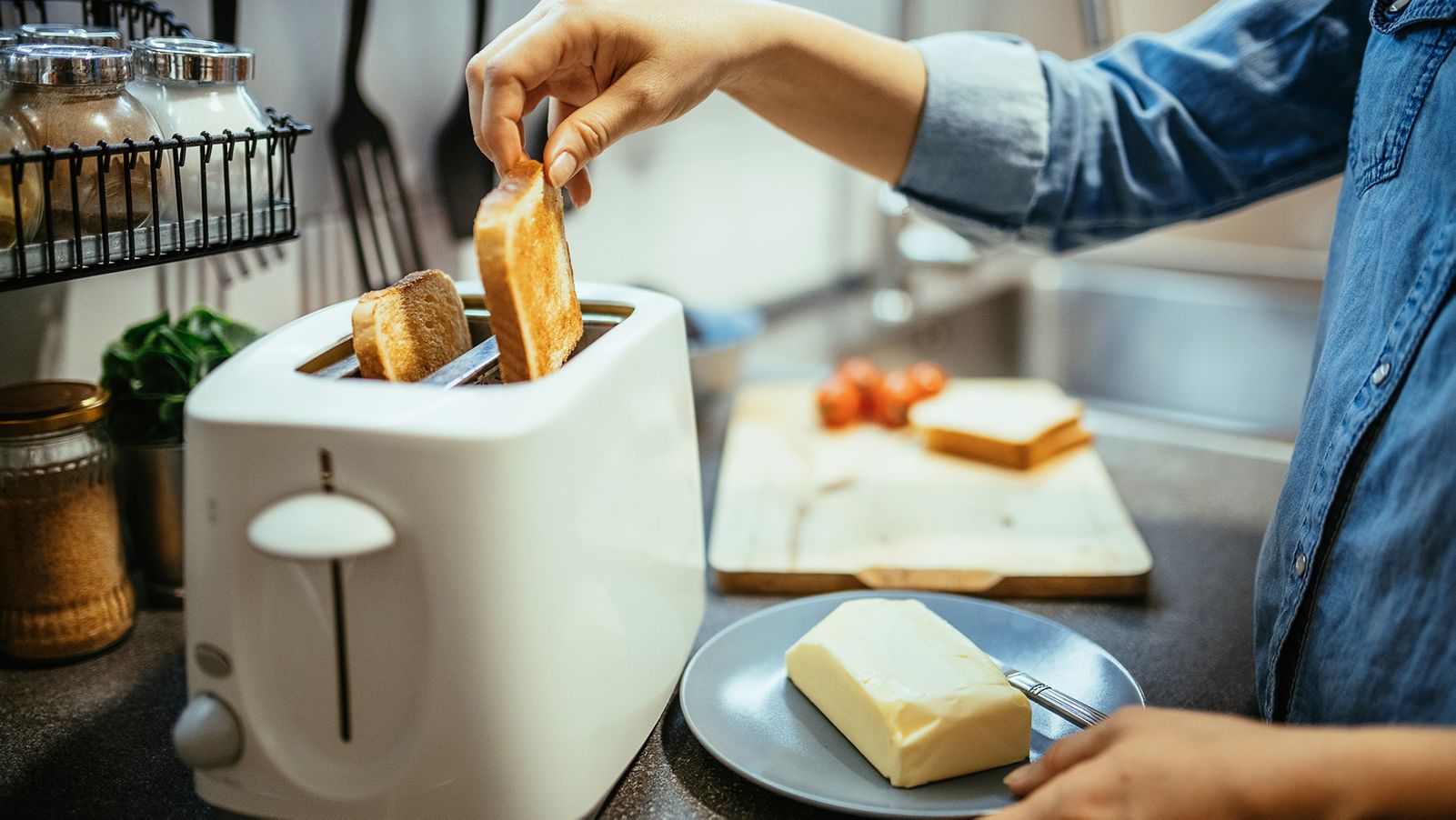

Articles
What Is The Purpose Of A Toaster
Modified: January 6, 2024
Discover the purpose of a toaster and how it enhances your kitchen experience. Read informative articles about toasters and their various uses.
(Many of the links in this article redirect to a specific reviewed product. Your purchase of these products through affiliate links helps to generate commission for Storables.com, at no extra cost. Learn more)
Introduction
Toasters have become an essential appliance in many households, providing a convenient and efficient way to prepare breakfast or a quick snack. Their simple design and ease of use make them a popular choice for toasting bread, bagels, and other types of baked goods. In this article, we will explore the purpose of a toaster, delve into its history, discuss its basic components and functionality, explore the benefits of using a toaster, highlight common uses, introduce different types and popular features, and provide tips for maintenance and care.
Whether you’re a toast lover or just looking for a quick and convenient way to prepare your morning meal, understanding the purpose and functionality of a toaster can help you make an informed decision when purchasing one for your kitchen.
Key Takeaways:
- Toaster: A Versatile Kitchen Essential
From toasting bread to reheating leftovers, toasters offer convenience, speed, and customization. Their compact size and various types make them a versatile addition to any kitchen. - Evolution of Toasters: From Simple to Smart
Toasters have come a long way from manual flipping to smart features. Understanding their history, components, and maintenance ensures a delightful toasting experience.
Read more: What Is The Purpose Of A Lamp
Overview of Toasters
Toast is a staple food enjoyed by people around the world. A toaster is a kitchen appliance specifically designed to toast bread and other baked goods, such as bagels and pastries. Toasters are incredibly popular due to their convenience and speed in achieving the desired level of toastiness.
Typically, a toaster consists of a metal enclosure with slots where bread or other items are placed for toasting. Inside the slots, there are heating elements that generate heat to toast the bread evenly. The user can adjust the toasting time and temperature settings to achieve their preferred level of browning.
Modern toasters often come equipped with advanced features, such as multiple toasting modes, defrost functions, and bagel settings. These additional features allow users to customize their toasting experience further.
One of the appealing aspects of toasters is their compact size, making them ideal for small kitchens or spaces with limited countertop area. They are also lightweight and portable, making it easy to move them around or store them when not in use.
Overall, toasters offer a convenient and efficient way to enjoy warm and crispy toast, making them a versatile addition to any kitchen.
History of Toasters
The history of toasters can be traced back to the early 1900s when the first electric toasting devices started to appear. Prior to that, toast was prepared using primitive methods, such as holding bread over an open flame or placing it on heated stones.
Inventors and engineers began experimenting with different designs and technologies to create a more efficient and convenient way to toast bread. In 1909, the first commercially successful electric toaster was introduced by Crompton & Company, a British engineering firm. This toaster featured a wire heating element enclosed in an insulated wire frame, toasting one side of the bread at a time.
During the 1920s, the popularity of toasters grew significantly as electricity became more accessible and affordable. The introduction of automatic pop-up toasters in the 1920s revolutionized the toasting process. Instead of manually flipping the bread, these toasters automatically ejected the toast when it reached the desired level of browning.
In the following decades, advancements in technology led to the development of toasters with additional features and improvements. The introduction of thermostats allowed users to adjust the toasting temperature to achieve their preferred level of crispiness. The introduction of wide slots in the 1950s made it possible to toast thicker bread and bagels.
In recent years, toasters have continued to evolve with the integration of digital controls, LED displays, and smart features. Some toasters even have built-in sensors that can automatically adjust the toasting time based on the type of bread or pastry being toasted.
Today, toasters are an indispensable part of modern households, offering a quick and convenient way to enjoy perfectly toasted bread and other baked goods.
Basic Components of a Toaster
A toaster may seem like a simple appliance, but it is made up of several essential components that work together to achieve the desired result of perfectly toasted bread. Understanding these components can help you appreciate the inner workings of your toaster.
1. Enclosure: The outer casing, or enclosure, of the toaster is typically made of metal or plastic. It houses all the internal components and provides insulation and protection.
2. Slots: The slots in a toaster are where you insert the bread or other items you want to toast. These slots are designed to hold the bread securely in place during the toasting process. The number of slots may vary depending on the toaster model.
3. Heating Elements: The heating elements are responsible for generating heat that toasts the bread. In most toasters, these elements are made of metal wires, such as nichrome, which have high electrical resistance and heat up quickly.
4. Thermostat: The thermostat is a temperature control device that regulates the heat produced by the heating elements. It ensures that the toaster reaches and maintains the desired toasting temperature.
5. Timer: The timer is another crucial component that allows you to set the duration of the toasting process. It determines how long the heating elements will be active, allowing you to achieve the desired level of browning.
6. Ejector Mechanism: The ejector mechanism is responsible for popping the toast out of the slots when it is done toasting. It typically consists of springs and levers that activate when the toasting process is complete.
7. Crumb Tray: Many toasters feature a removable crumb tray located at the bottom. This tray collects any crumbs or debris that fall during the toasting process, making it easy to clean and maintain the appliance.
While these are the main components of a typical toaster, some models may have additional features, such as defrost settings, bagel toasting modes, and digital displays. Understanding the basic components of a toaster can help you troubleshoot common issues and appreciate the engineering behind this seemingly simple kitchen appliance.
Functionality of a Toaster
The functionality of a toaster is relatively straightforward. It is designed to toast bread and other baked goods efficiently and evenly. Here’s a step-by-step breakdown of how a toaster typically functions:
1. Preparing the bread: Start by selecting the desired type of bread or baked goods you want to toast. It could be sliced bread, bagels, English muffins, or pastries.
2. Inserting the bread: Open the toaster slots and place the bread or other items into the slots. Make sure to position them securely so that they don’t fall out during the toasting process.
3. Adjusting settings: Depending on your toaster model, you may have different settings available. Common settings include the degree of toasting (light, medium, or dark), the number of slots to use, and additional features such as bagel or defrost modes.
4. Activating the toaster: Once you have adjusted the settings to your preference, press the lever or button to start the toasting process. This action lowers the bread into the toaster slots and activates the heating elements.
5. Toasting process: The heating elements generate heat, which begins to toast the bread. The thermostat controls the temperature to ensure even and consistent toasting. The timer determines the duration of the toasting process, allowing you to control the level of browning.
6. Ejecting the toast: When the toasting process is complete, the ejector mechanism is triggered. This mechanism pops the toast out of the slots, allowing you to retrieve it easily and safely.
7. Enjoying the toast: Remove the toasted bread from the toaster slots and place it on a plate or a cooling rack if desired. You can now enjoy your perfectly toasted bread or other baked goods!
It’s important to note that different toaster models may have variations in their functionality and additional features. Some toasters offer wider slots for toasting thicker bread, while others may have special settings for bagels or frozen items. Understanding how your specific toaster functions will allow you to make the most out of its capabilities.
Read more: What Is The Purpose Of A Toothbrush
Benefits of Using a Toaster
Toasters offer several benefits that make them a popular choice for quickly and conveniently preparing perfectly toasted bread and other baked goods. Here are some key advantages of using a toaster:
1. Time-saving: Toasters are designed to toast bread quickly and efficiently. Unlike conventional ovens or stovetops, a toaster can heat up and toast bread in just a matter of minutes. This time-saving feature is especially valuable during busy mornings or when you need a quick snack.
2. Even toasting: Toasters are equipped with heating elements that distribute heat evenly, ensuring that your bread is toasted uniformly on both sides. This eliminates the need to flip the bread manually or worry about one side being undercooked.
3. Customization: Most toasters allow you to adjust the toasting settings according to your preference. Whether you prefer lightly toasted bread or a darker, crispier result, you can easily adjust the settings to achieve the desired level of browning.
4. Versatility: Toasters are not just limited to toasting sliced bread. Many models have wider slots that can accommodate thicker bread slices, bagels, English muffins, or even pastries. This versatility allows you to enjoy a variety of baked goods with ease.
5. Energy-efficient: Toasters are designed to use minimal energy compared to larger appliances like ovens or grills. They heat up quickly and efficiently, and their small size ensures that they consume less energy overall.
6. Compact and portable: Toasters have a compact design, making them ideal for small kitchens or spaces with limited countertop area. They are also lightweight and portable, making it convenient to move them around or store them when not in use.
7. Easy to use and clean: Toasters are incredibly user-friendly. With just a few simple steps, you can toast your bread effortlessly. Additionally, many toasters come with removable crumb trays, making it easy to clean up any crumbs or debris that collects during the toasting process.
Overall, using a toaster offers convenience, speed, and the ability to customize your toasting experience. Whether you’re preparing breakfast for yourself or a quick snack for the family, a toaster is a practical and efficient kitchen appliance that enhances your culinary experience.
Toasters are designed to quickly and evenly toast bread, bagels, and other similar items. The purpose of a toaster is to provide a convenient and efficient way to prepare these foods for a quick and easy breakfast or snack.
Common Uses of Toasters
Toasters are versatile appliances that offer a range of uses beyond simply toasting bread. Here are some common uses of toasters:
1. Toasting bread: The most obvious and primary use of a toaster is to toast various types of bread. Whether it’s white bread, whole wheat bread, or specialty bread like rye or sourdough, a toaster can quickly and evenly toast slices to perfection.
2. Toasted sandwiches: Toaster bags or toaster sandwich makers are specially designed accessories that allow you to make toasted sandwiches in your toaster. Simply assemble your sandwich ingredients, place it in a toaster bag or sandwich maker, and toast it in the toaster. This method creates a crispy and warm sandwich without the need for a separate sandwich press.
3. Bagels and English muffins: Many toasters feature wider slots that can accommodate thicker items like bagels, English muffins, or even croissants. The toasting process can give these baked goods a delicious crispiness while keeping the insides warm and soft.
4. Reheating leftovers: Toasters can be used to reheat leftover slices of pizza, French fries, or other cooked foods that benefit from a bit of extra crispiness. Simply place the leftovers on a toaster-safe tray or rack and toast them for a short duration until they are warmed up and golden.
5. Toaster pastries: Popular toaster pastries, such as Pop-Tarts or Toaster Strudels, are specifically designed to be toasted in a toaster. The heat from the toaster gives these pastries a warm and gooey center while toasting the outer crust to a desirable texture.
6. Defrosting frozen bread: Many toasters come with a defrost function that allows you to safely and efficiently defrost frozen bread slices. This setting gently warms the bread, preparing it for the toasting process while preventing it from becoming soggy.
7. Roasting nuts and seeds: Some toasters have a unique feature that allows you to roast nuts and seeds. By placing raw nuts or seeds in a toaster-safe tray or dish, you can toast them to enhance their flavor and add a delightful crunch to your dishes.
These are just a few examples of the common uses of toasters. Ultimately, the versatility of toasters allows you to explore various creative and delicious ways to elevate your culinary experience.
Types of Toasters Available
Toasters come in various types and styles to suit different preferences and needs. Here are some of the most common types of toasters available in the market:
1. Pop-Up Toasters: Pop-up toasters are the most commonly used type of toaster. These toasters have slots where you place the bread, and they automatically pop up when the toasting process is complete. They are available in different slice capacities, ranging from 2-slice to 4-slice toasters, making them suitable for individuals and families.
2. Toaster Ovens: Toaster ovens are larger and more versatile versions of traditional pop-up toasters. In addition to toasting bread, they can also perform other cooking functions, such as baking, broiling, and reheating. Toaster ovens usually have a larger capacity and come with adjustable temperature and cooking settings.
3. Conveyor Toasters: Conveyor toasters are commonly used in commercial settings, such as hotels, restaurants, and cafes. These high-capacity toasters feature a conveyor belt system that continuously moves the bread slices through the toasting chamber. Conveyor toasters are known for their speed and efficiency, making them ideal for busy foodservice establishments.
4. Toaster Grills: Toaster grills, also known as sandwich toasters or panini presses, are designed specifically for making grilled sandwiches. These toasters have hinged plates that press and heat the sandwich from both sides, creating a deliciously toasted and melted filling.
5. Toaster Bags: Toaster bags are a unique way to toast sandwiches and other ingredients in a regular pop-up toaster. These reusable bags are made of heat-resistant materials and allow you to place the sandwich inside the bag and toast it in the toaster without making a mess or causing damage to the appliance.
6. Retro or Vintage Toasters: Retro-style toasters have a nostalgic design that adds a touch of vintage charm to any kitchen. These toasters often feature a classic aesthetic with rounded edges, chrome accents, and colorful finishes while still offering modern functionality.
7. Smart Toasters: Smart toasters are a recent addition to the market, incorporating technology and connectivity into the toasting experience. These toasters often have features like digital displays, countdown timers, multiple toasting settings, and even smartphone integration, allowing you to control the toasting process remotely.
When choosing a toaster, consider your specific needs, desired features, and available counter space. Whether you prefer a traditional pop-up toaster, a multi-functional toaster oven, or a specialized grill, there is a toaster type available to suit your toasting requirements and culinary preferences.
Popular Toaster Features
Toasters today come with a wide range of features that enhance their functionality and convenience. Here are some popular features to look out for when choosing a toaster:
1. Multiple Toasting Modes: Many toasters offer multiple toasting modes to accommodate different types of bread and preferences. These modes can include settings for bagels, defrosting frozen items, reheat functions, and even a cancel button to stop the toasting process mid-cycle.
2. Adjustable Browning Control: The browning control feature allows you to customize the level of toasting to achieve your preferred shade of toast. Whether you like your toast lightly golden or deeply toasted, the adjustable browning control lets you achieve the perfect result.
3. Extra-Wide Slots: Some toasters have wider slots to accommodate thicker bread slices, bagels, and other baked goods. These extra-wide slots prevent the bread from getting squished or not fitting properly, ensuring even toasting across the entire slice.
4. High Lift Lever: A high lift lever is a handy feature that lifts the toast higher than the standard popping position. This makes it easier to remove smaller items from the toaster, such as English muffins or crumpets, without the risk of burning your fingers.
5. Toasting Progress Indicator: This feature provides a visual representation of the toasting progress. It can be in the form of an LED display, a progress bar, or a light that illuminates as the toasting process continues. This feature allows you to monitor the progress and adjust if needed.
6. Keep Warm Function: Some toasters have a built-in keep warm function that keeps the toast warm without overtoasting it. This feature can be especially useful if you’re preparing multiple slices of toast and want to ensure that they stay warm until you’re ready to enjoy them.
7. Removable Crumb Tray: A removable crumb tray is a convenient feature that makes cleaning your toaster a breeze. The crumb tray collects any crumbs or debris that fall during the toasting process, and it can be easily removed, emptied, and cleaned.
8. Countdown Timer: A countdown timer provides an accurate indication of the remaining toasting time. This feature allows you to keep track of the toasting process and plan your breakfast or meal accordingly.
9. Quick Toasting: Quick toasting functionality enables the toaster to toast bread in a shorter amount of time. This feature can come in handy when you need a quick breakfast or are in a hurry.
10. Bagel Setting: The bagel setting is designed specifically for toasting bagels. Instead of toasting both sides of the bagel, this feature only toasts the cut side while gently warming the outer side, resulting in a perfectly toasted bagel with a soft and chewy center.
11. Smart Features: Smart toasters integrate technology and connectivity to enhance the toasting experience. They may include features such as Wi-Fi connectivity, mobile app control, and even compatibility with voice assistants, allowing you to control and monitor your toaster remotely.
When choosing a toaster, consider which features are most important to you and align with your toasting needs. These popular features add convenience and versatility to the toasting process, making your breakfast or snack preparation a delightful experience.
Read more: What Was The Purpose Of Television
Maintenance and Care of Toasters
To ensure your toaster remains in good working condition and continues to toast your bread to perfection, regular maintenance and care are essential. Here are some tips for properly maintaining and caring for your toaster:
1. Unplug and Cool Down: Before performing any maintenance on your toaster, always remember to unplug it from the power source and allow it to cool down completely. This prevents the risk of electric shock and protects you from accidental burns.
2. Regular Cleaning: Cleaning your toaster regularly is important to prevent the buildup of crumbs and debris. Begin by removing the crumb tray and emptying it into the trash. Wash the crumb tray with warm soapy water and dry it thoroughly before placing it back into the toaster. Use a soft brush or a clean, dry cloth to remove any crumbs from the inside of the toaster slots.
3. Exterior Cleaning: Use a damp cloth or sponge to wipe down the exterior of the toaster. Avoid using abrasive cleaners or harsh chemicals, as they can damage the finish. Dry the exterior thoroughly to prevent any water from entering the internal components.
4. Avoid Liquids: Toaster components, such as the slots or the heating elements, should never come into contact with liquids. This includes water, cleaning solutions, or any other liquid substance. Liquids can cause electrical shorts or damage to the toaster and pose a safety hazard.
5. Avoid Metal Utensils: Never insert metal utensils into the toaster slots or attempt to remove toast with metal objects. Metal can cause a short circuit or damage the heating elements. Instead, use wooden or plastic tongs to remove toast or items from the toaster.
6. Store Properly: When not in use, store your toaster in a clean and dry location. Store it away from moisture or excessive heat sources. Avoid placing any objects on top of the toaster, as they may interfere with the ventilation and proper functioning of the appliance.
7. Regular Inspection: Periodically inspect your toaster for any signs of damage or wear. Check the power cord for any fraying or exposed wires and ensure the control buttons or knobs are working properly. If you notice any issues, it’s advisable to have your toaster serviced or repaired by a qualified technician.
By following these maintenance and care tips, you can prolong the lifespan of your toaster and ensure it continues to deliver crispy and perfectly toasted bread for years to come.
Conclusion
Toasters have become an indispensable kitchen appliance, offering a quick and efficient way to toast bread and other baked goods. Their simple yet effective design, along with a range of features and functionalities, make them a popular choice for households worldwide.
In this article, we explored the purpose of a toaster and delved into its history, from its humble beginnings to the technological advancements that have shaped it into what it is today. We also discussed the basic components and functionality of a toaster, highlighting how heating elements, timers, and ejector mechanisms work together to achieve the perfect toast.
The benefits of using a toaster became evident as we examined the time-saving convenience, even toasting, customization options, and energy efficiency that these appliances offer. Furthermore, we explored the common uses of toasters beyond just toasting bread, including preparing toasted sandwiches, toasting bagels, and reheating leftovers.
Understanding the different types of toasters available allowed us to explore options such as pop-up toasters, toaster ovens, conveyor toasters, and even retro or smart toasters. Each type offers unique features that cater to specific preferences and needs.
We concluded by emphasizing the importance of proper maintenance and care to ensure the longevity and optimal performance of your toaster. Regular cleaning, preventing liquids from entering the toaster, and avoiding using metal utensils were highlighted as key practices to follow.
In summary, toasters have evolved from simple devices to sophisticated appliances that add convenience, versatility, and enjoyment to our daily routine. By selecting the right toaster and taking proper care of it, you can savor perfectly toasted bread and baked goods whenever you desire.
So go ahead, get your favorite bread and let the toaster work its magic – the aroma and taste of warm, crispy toast await you!
Frequently Asked Questions about What Is The Purpose Of A Toaster
Was this page helpful?
At Storables.com, we guarantee accurate and reliable information. Our content, validated by Expert Board Contributors, is crafted following stringent Editorial Policies. We're committed to providing you with well-researched, expert-backed insights for all your informational needs.
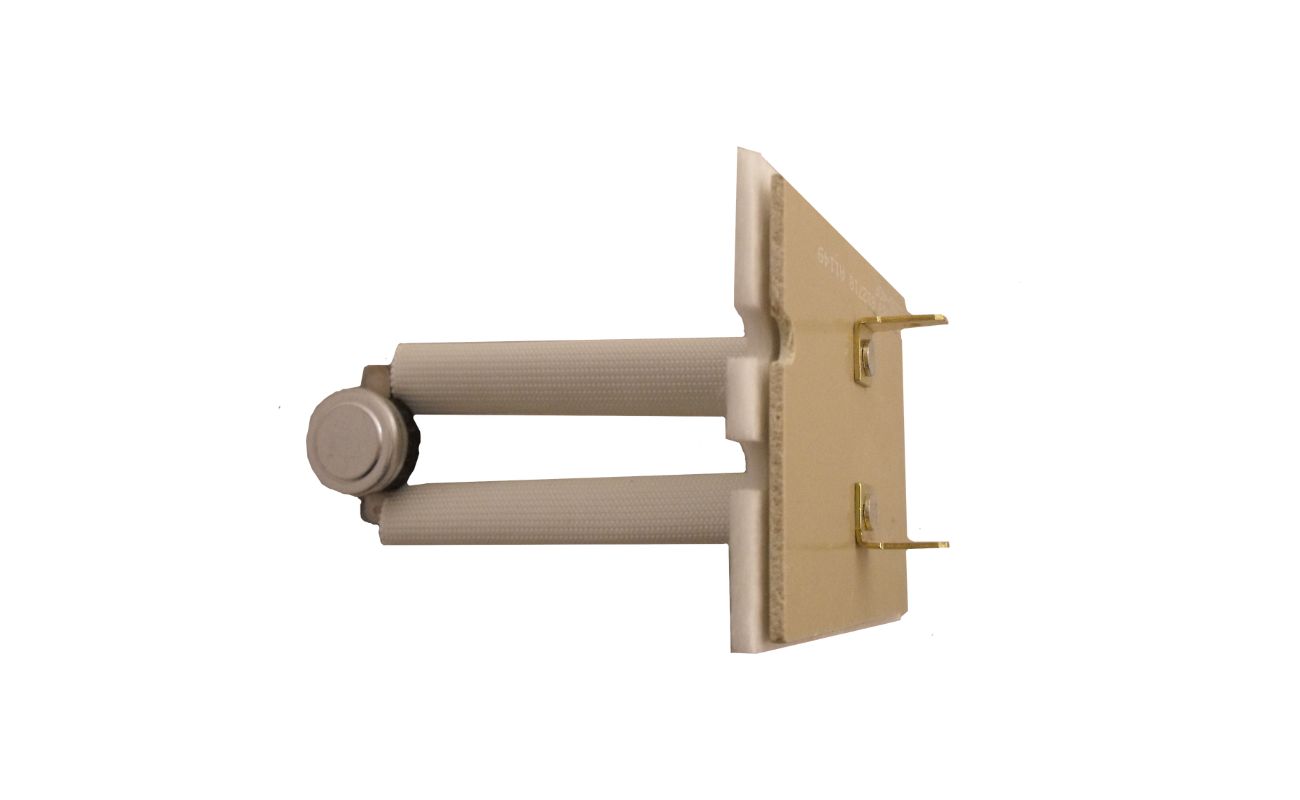
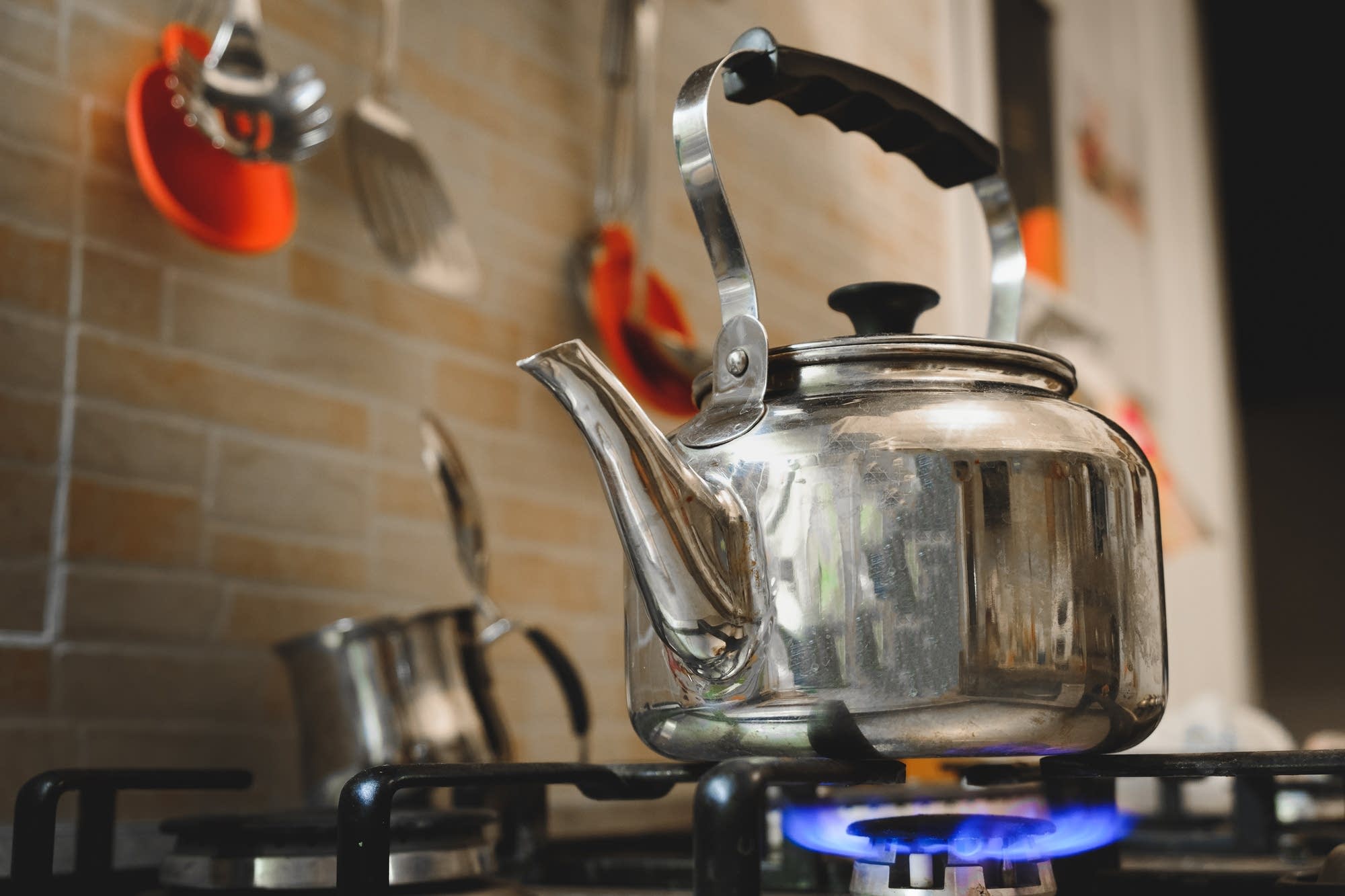


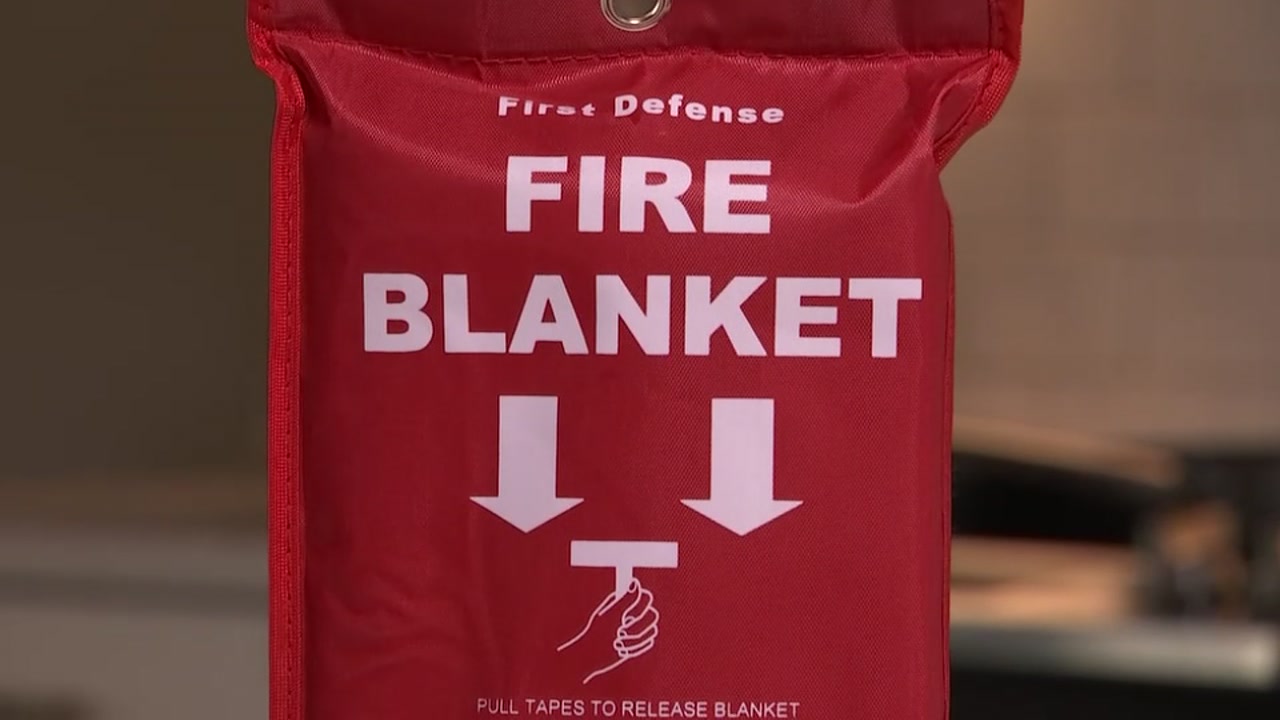

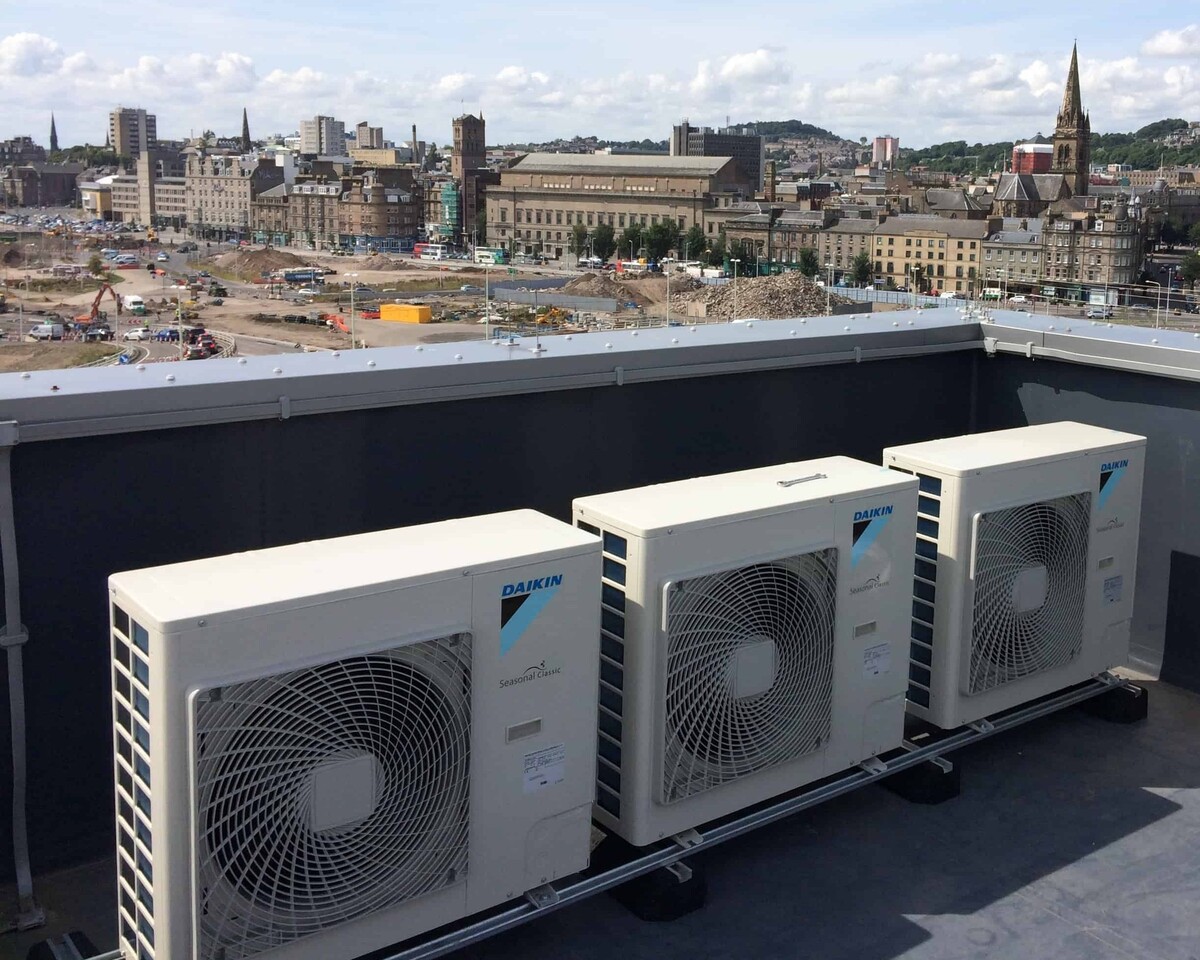
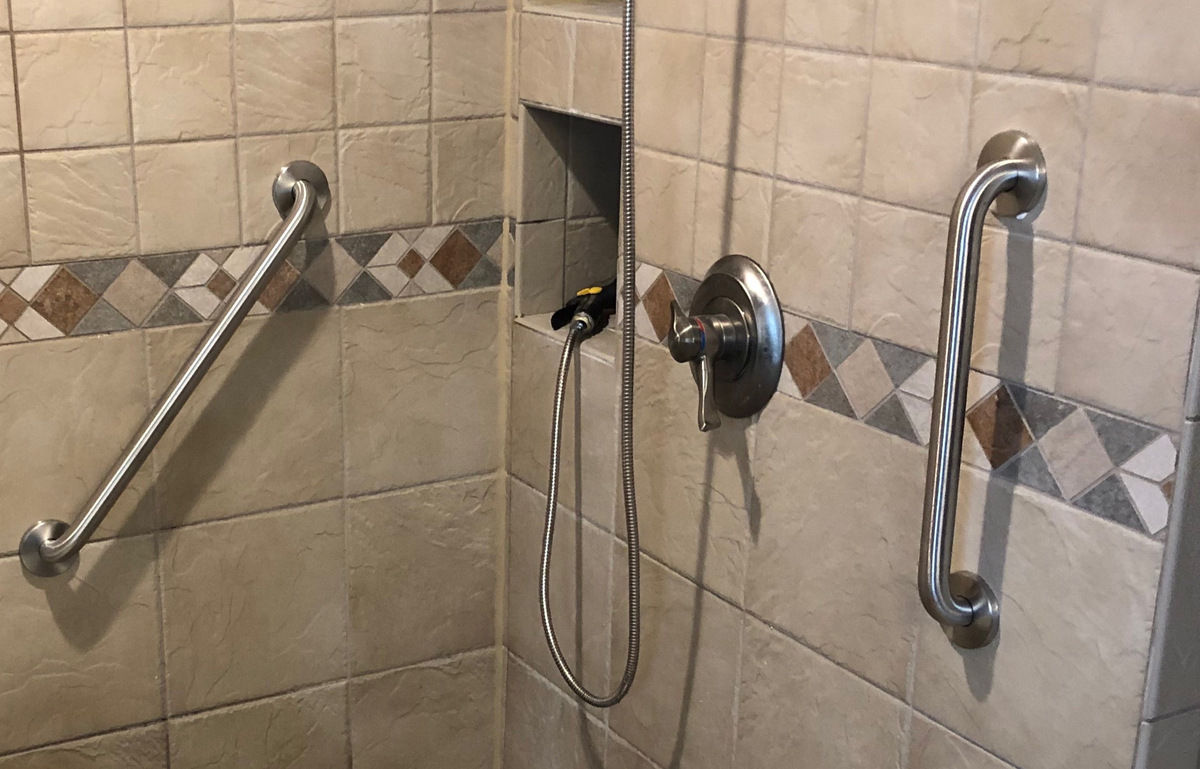
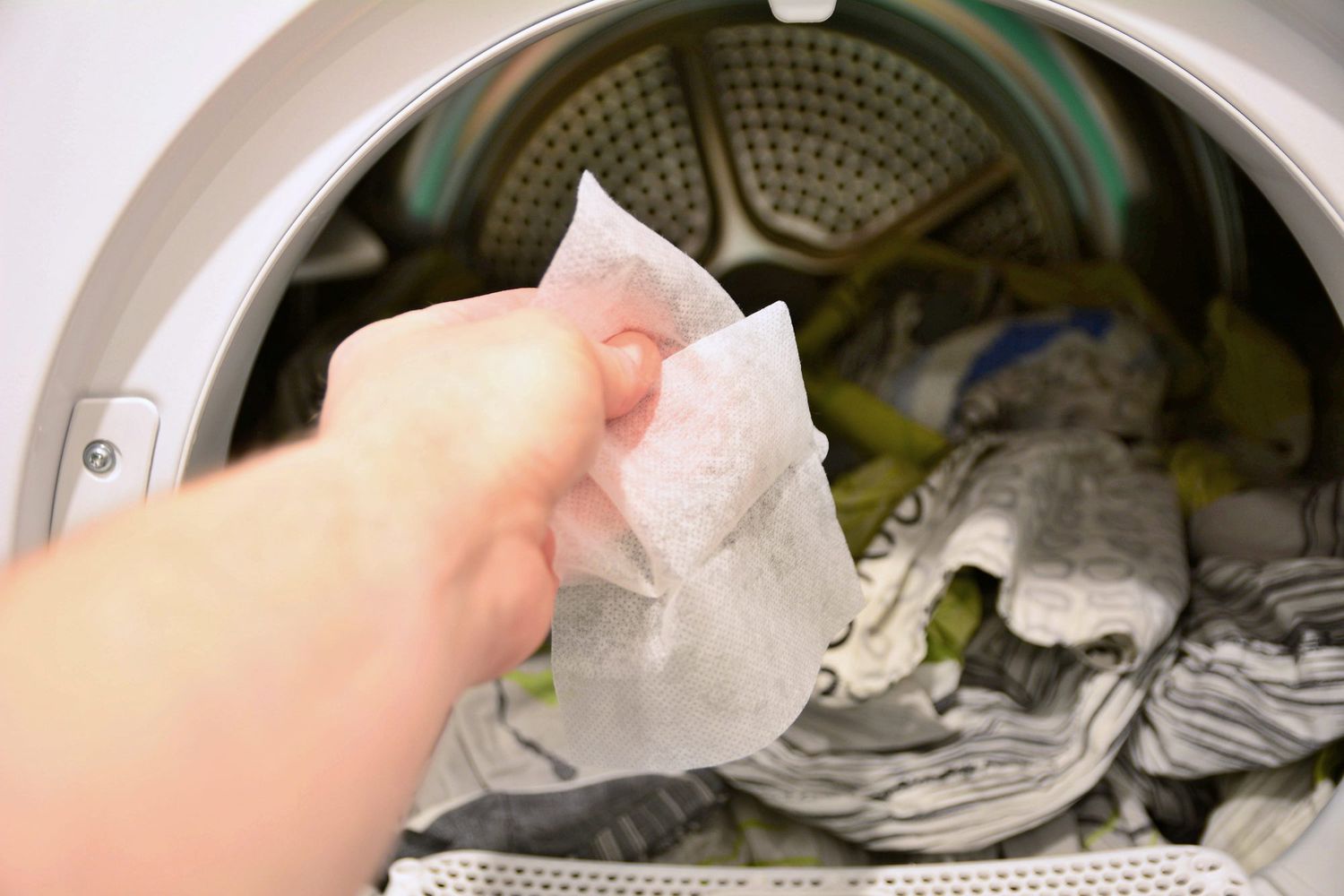





0 thoughts on “What Is The Purpose Of A Toaster”